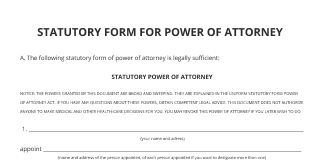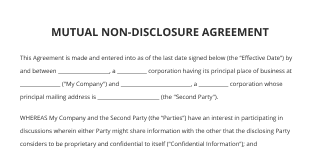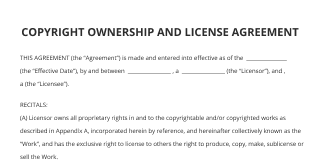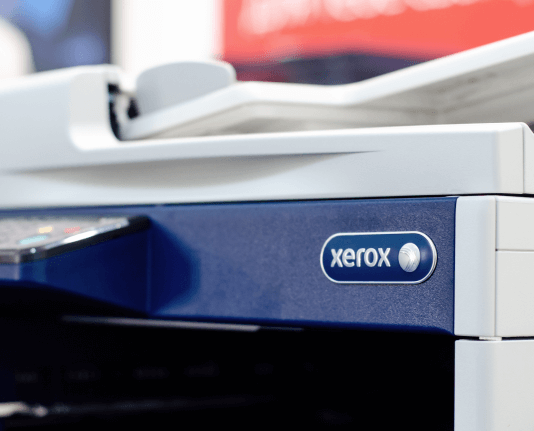Build email signatures effortlessly with airSlate SignNow
airSlate SignNow solutions for better efficiency
Our user reviews speak for themselves






Why choose airSlate SignNow
-
Free 7-day trial. Choose the plan you need and try it risk-free.
-
Honest pricing for full-featured plans. airSlate SignNow offers subscription plans with no overages or hidden fees at renewal.
-
Enterprise-grade security. airSlate SignNow helps you comply with global security standards.

Your step-by-step guide — build email
Steps to build email signatures using airSlate SignNow
- Access the airSlate SignNow website in your favorite browser.
- Create your account by signing up for a free trial or log into your existing account.
- Select and upload the document you'd like to sign or send for others to sign.
- If you plan to use this document again, save it as a reusable template.
- Open the uploaded document to make necessary edits: include fillable fields or adjust information as needed.
- Sign the document yourself and add designated signature fields for the recipients.
- Click on Continue to finalize your setup and send out an eSignature invitation.
airSlate SignNow offers an array of benefits that make it an excellent choice for businesses. Its rich feature set ensures a high return on investment, allowing for a significant amount of functionalities without breaking the budget. The platform is user-friendly and scalable, specifically catered to small and mid-sized businesses. With transparent pricing, businesses can be assured of no unexpected charges for support or add-ons. Additionally, top-notch customer support is available 24/7 for all paid plans, ensuring you always have assistance when needed.
In conclusion, airSlate SignNow simplifies the process of managing eSignatures and document workflows, making it an invaluable tool. Start optimizing your document signing today and experience seamless collaboration by signing up now!
How it works
airSlate SignNow features that users love
Get legally-binding signatures now!
FAQs
-
Is @gmail an email address?
Gmail is one of the Email service providers that lets its users create a Google account that has a unique Email ID associated with it. All the Gmail IDs end with @gmail.com. As compared to Gmail, Email is very less secure. -
What is @gmail and @yahoo called?
Both Ymail and Gmail are among the most popular web-based email providers in the world. Ymail, officially called Yahoo! Mail, was launched in 1997 by Yahoo, while Gmail started in 2004 as a free mail service provided by Google. -
How to build up email?
How to build an email list? Choose the right email marketing software. Create a compelling incentive. Optimize your call-to-action (CTA) copy. Place signup forms strategically. Add an exit intent pop-up form to your website. Create landing pages that convert. Promote signups on social media platforms and your email signature. -
Is my Gmail account my email address?
Google Account email This is the main email address for your Google Account. It's set as your primary email when you create a Google Account, but you can choose a different primary email if you like. -
How can I create my own email?
Create a Gmail account From your device, go to the Google Account sign in page. Click Create account. In the drop down, select if the account is for your: Personal use. Child. Work or business. To set up your account, follow the steps on the screen. -
What is email builder?
Email Builder is a new way to compose emails that provides end users a guided experience when creating Approved Emails. Email Builder grids are associated with templates allowing users to select from approved blocks of text for the subject, greetings, paragraphs, and documents sections of the email. -
What is called @gmail in an ID?
Gmail is the email service provided by Google. -
Is @gmail a valid email address?
0:23 2:45 Process. This can be a quick way to verify an address without sending an email checking the domain'sMoreProcess. This can be a quick way to verify an address without sending an email checking the domain's IP address is another useful technique. Look up the email's domain to confirm it exists.





























